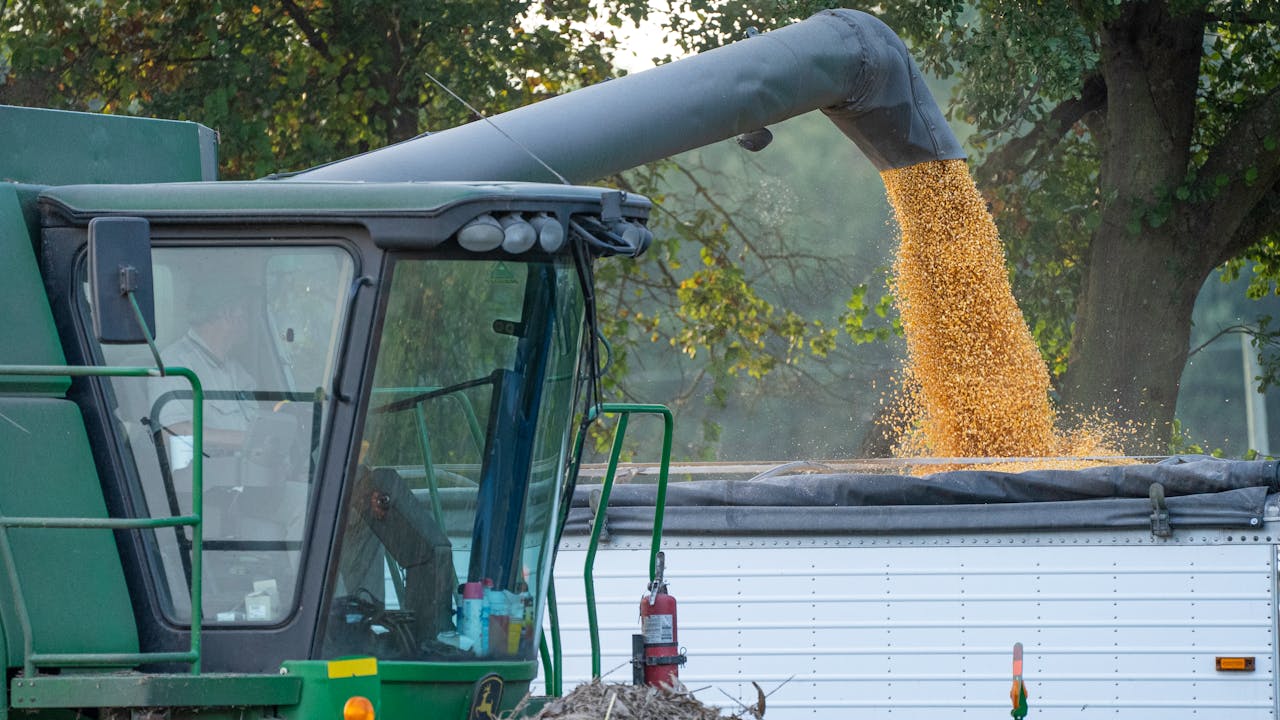
Image: Mark Stebnicki
In the United States, corn farmers are boosting the economy and fostering strong communities, according to a new study from the National Corn Growers Association (NCGA), a member of the U.S. Grains Council. The Economic Value of Corn Farming in the United States for 2024 estimates that corn farming directly contributed $15.6 billion to the nation’s GDP and provided $9.9 billion in wages and benefits in 2024. However, considering the broader impacts on the supply chain, the total economic impact of corn farming is even greater.
The study found that when considering activities and household spending by farmers and employees throughout the supply chain, the total contribution of corn farming in 2024 spanned 506 different industry sectors in all 50 states. Overall, it delivered $123 billion in total economic output and added $50 billion to GDP. It also supported more than 440,000 jobs and provided $29 billion in wages, strengthening communities in rural America and across the entire nation.
“These findings show that the corn industry is an essential contributor to the nation’s agricultural and economic value chains,” said NCGA Chief Economist Krista Swanson. “The study demonstrates the positive ripple effect of corn production, vital to a healthy U.S. economy.”
Methodology
The Economic Value of Corn Farming in the United States in 2024 was conducted by Krista Swanson, Chief Economist of the National Corn Growers Association, using IMPLAN. IMPLAN is a regional economic analysis software and data application that is designed to estimate the impact or ripple effect of a given economic activity or the contribution of some existing activity within a specific geographic area.


